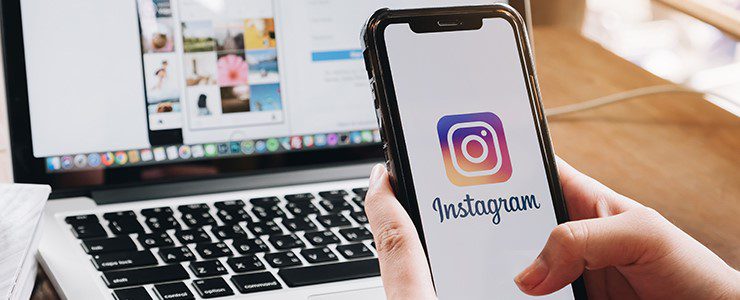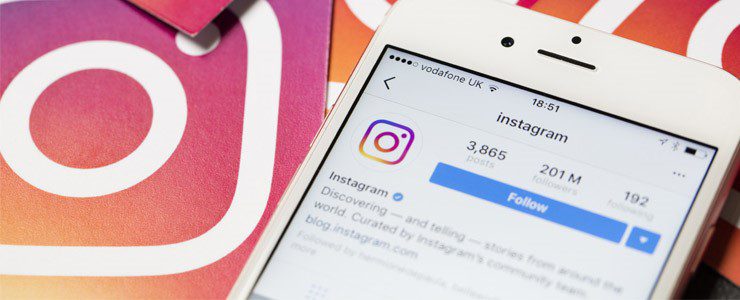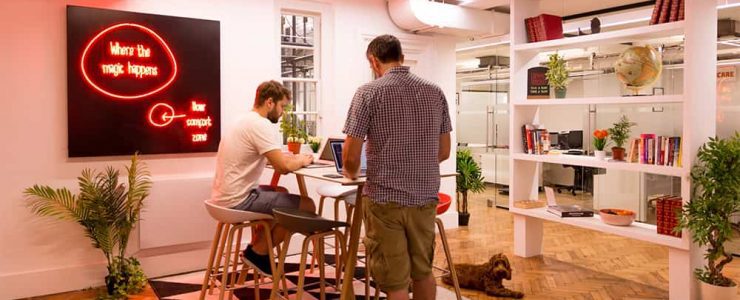
Instagram: Another coworking space success story
Instagram is one of the biggest social networking sites in the world, boasting one billion active users. Launched in 2010, it has made its co-founders into multi-millionaires since its humble beginnings in a coworking space in San Francisco.
Kevin Systrom and Mike Krieger were 26 and 24 years old respectively when they launched their unique social networking site at the now-famous coworking space, Dogpatch Labs. Starting life as a photo-posting app, it was an instant hit.
In the past decade, it’s fair to say that Instagram has changed lives, turning into a major source of income for its creators, a new sales platform for businesses and a place where users have captured and shared the best moments of their lives with family, friends and followers.
How did Instagram begin?
Systrom was introduced to computer programming at Middlesex School in Concord, Massachusetts. He went on to study management science and engineering at Stanford University, where he met Krieger, who had moved to California from São Paulo, Brazil, in 2004.
Systrom graduated in 2006 with a bachelor’s degree and joined Google, working on Gmail, Google Calendar and other products. Krieger, who studied symbolic systems at Stanford, completed his internship at Microsoft and then worked at Meebo for 18 months as a software engineer and user experience designer.
The duo was soon inspired to jointly create the Instagram app, which started life as Burbn – a mobile check-in app with 1,000 users. However, after deciding Burbn was too similar to the existing social networking app Foursquare, they redesigned it to focus more on photo-sharing – a popular feature among Burbn users.
They came up with the name Instagram as a combination of “instant camera” and “telegram”. The app was in the planning stages for around a year before they decided to go live.
How did coworking help?
When Systrom and Krieger first started working from Dogpatch Labs, they were developing Burbn, which Krieger described as “hardly setting the world on fire”. Using a coworking space as a startup had its advantages, as it was a balancing act deciding whether their idea was going to work. Krieger said they grappled with whether they were crazy in thinking they could design an app that would really take off. Burbn had given them an insight into what people wanted as a basis for Instagram.
Rather than using fixed office space, coworking enabled them to work flexibly when they felt inspired to try out ideas – or to pop out for a working break to the nearby Crossroads Café in San Francisco, where they sketched countless user interface ideas. They spent much time working late at night at Dogpatch Labs, when the ideas flowed freely.
How was Instagram developed?
Instagram was part-based on ideas from Burbn – such as using large, centred photos, rather than just thumbnails. Comments were present in a feed, which made their task harder in terms of the scrolling performance. Eventually, when they had their first version, they did some market research to determine if it was worth carrying on.
They emailed 100 Burbn testers, explaining how they were working on a “native iPhone app” for communicating and sharing through photos. They soon realised they were on to a winner – the first weekend that the testers got their hands-on Instagram, it exceeded what they had seen on Burbn. Most of the beta testers fell in love with Instagram and started documenting their daily lives right away.
What happened on launch day?
On the day of the launch (16th July 2010), Krieger described how he and Systrom cycled through a misty San Francisco at 6 am to reach Dogpatch Labs, stopping for bagels at the Crossroads Café, their stomachs “in knots” with nerves.
At 8am, the first users came streaming in, but the server had already crashed by 9am, due to the weight of the traffic in the first hour. It took three hours to get things back up and running. By 2am, 25,000 people had already signed up. Systrom and Krieger were still working into the night at their office.
Finally, at 6am, 24 hours after they had gone to Dogpatch Labs to launch the site, they were on their way home, this time by train. They “collapsed” from exhaustion, feeling “giddy” about creating something that was taking off in a big way, mixed with “panic” in case they couldn’t keep up with demand.
How fast did Instagram grow?
Within the first week, around 100,000 people had signed up. Systrom turned to Krieger and said, “I think there’s something here.”
The app worked with other social networking sites and was expanded to work on Android phones, rather than just iPhones. During the first few weeks, they received an urgent automated phone call from their monitoring system at 3am to say the servers had overloaded. They admitted to feeling “confused” at first as to why this should happen in the middle of the night. It signalled Instagram had taken off in Japan – and due to the different time zones, people there had started using the app when they finished work and overloaded the servers.
What is Instagram worth?
Facebook bought Instagram in 2012 for $1 billion, although Krieger and Systrom carried on working there until September 2018. Today, Krieger’s net worth is estimated to be $100 million and Systrom’s is $1.4 billion.
Instagram has continued to go from strength to strength and was valued at $100 billion by 2018, according to a Bloomberg Intelligence report. There are an estimated 3.5 billion camera phones in use around the world and the period 2010 to 2020 has been described as, “the decade in which the world went camera-mad”.
The app’s popularity shows no signs of slowing down and it will be interesting to see what the next decade brings. Instagram’s latest development (announced on 16th July) is a new shopping page to highlight brands and collections. People can use Facebook Pay to insert debit or credit card details into the app for both shopping and donations.
Safe working environment
Headspace Group has a selection of affordable coworking office spaces in popular locations such as London, Manchester, Birmingham, Southampton and Belfast. Our in-house cleaning division keeps them safe during the COVID-19 pandemic by carrying out intensive cleans, day and night. Our fogging service sterilises the environment for 30 days.
For information about our coworking office space to rent, contact us today on 0800 953 0585.
© wichayada suwanachun / Shutterstock.com



